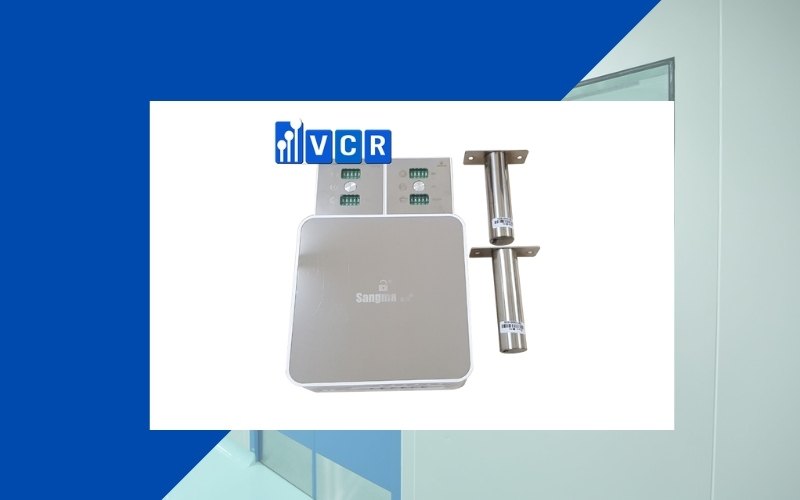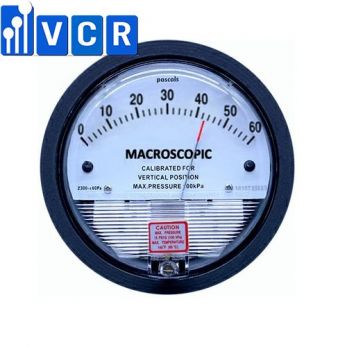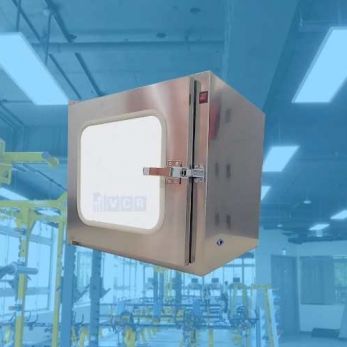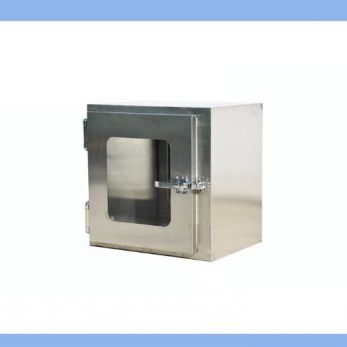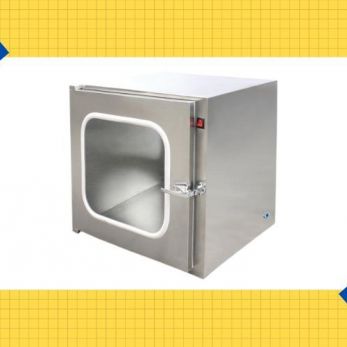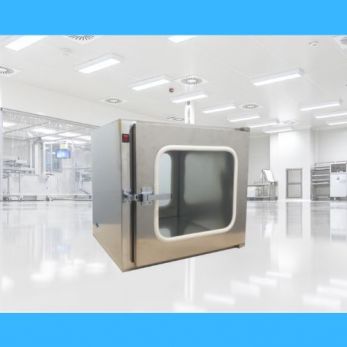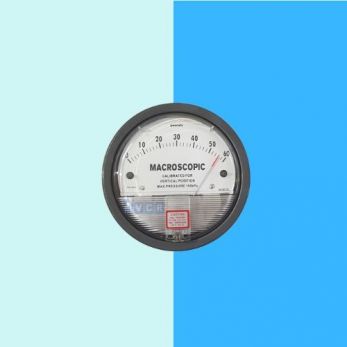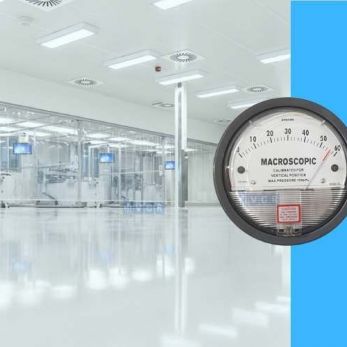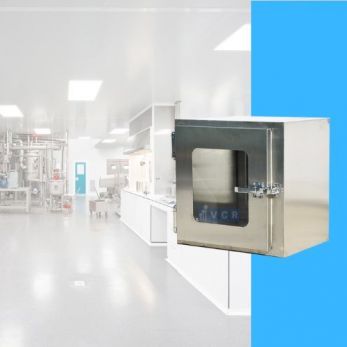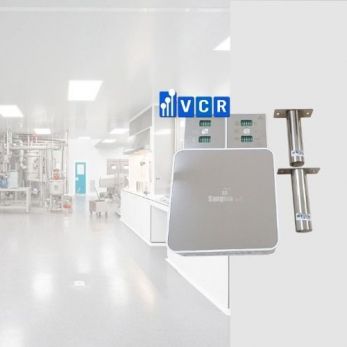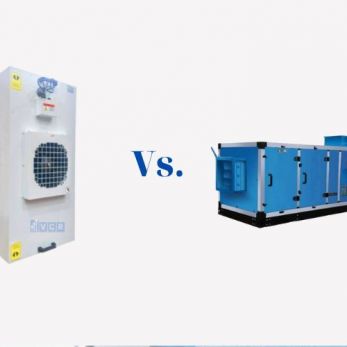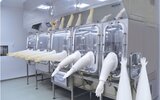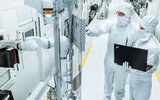What Is Cleanroom Door Interlock?
Interlock is considered necessary equipment in cleanrooms. What is interlock? Why do we need to use interlock for cleanroom? Let's find out with VCR - Vietnamcleanroom.com
Interlock is considered necessary equipment in cleanrooms, like cleanroom light, panel door lock.
1. What is interlock?
Interlock is a special lock that is used for access control of 2 or more than 2 doors at the same time, in which the operating status of a door is different from the other doors to prevent cross-contamination between cleanrooms and non-cleanrooms.
2. Why do we need to use interlock for cleanroom?
Cleanrooms are built for special demands of environment, air, temperature, and moisture.
For example, operating room must be sterile; medicine manufacturing, manufacturing - repairing electronic circuits, and food processing rooms must be "clean". The "clean" factor means:
+ The number of particles in the air must be controlled, depending on the standard that the area must comply with, if ISO / TC209 14644-1 class 1 is applied, the number of particles> 0.2 μm in size must be below 12 particles/1 m³ of air.
+ Temperature, humidity, pressure must also comply with regulations
However, not all cleanrooms in the same factory will have identical environmental conditions. In vaccine production cleanrooms, there will be different requirements for cleanliness from cleanrooms that produce ointments, powders, lotions, etc. Moreover, there is an area called an airlock to separate the clean area from the regular zone.
Air moves from high pressure to low pressure. Meanwhile, clean areas usually have lower pressure than unclean areas. So what happens if the panel door separating the two areas connects? It is the air from the outside (the air is not clean, unfiltered, filled with pathogens, bacteria, ...) that will flow into the clean area, carrying all kinds of uncontrolled particles. What a disaster!
To prevent this, we need to use an interlock.
3. Benefits of interlock
The interlock controls the opening/closing of the doors at the same time.
Example: When door 1 (airlock door and non-clean area) opens, door 2 (airlock door and clean area) will be forced to close. Once door 1 is still open, door 2 will not be able to open and vice versa, if door 2 opens, door 1 must be closed.
This means that we cannot open door 1 if door 2 is open, and must close door 2 before opening door 1. Thus airflow from an unclean area cannot access clean, safe areas to avoid cross-contamination.






